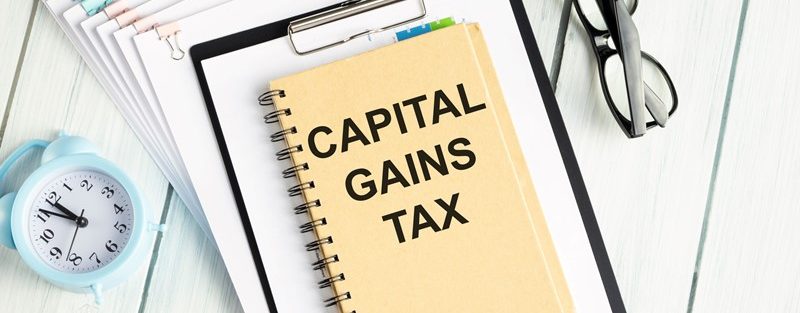Business Asset Rollover Relief, allows taxpayers to defer Capital Gains Tax (CGT) on gains arising from the sale or disposal of certain business assets, provided the proceeds are reinvested into new business assets. Rather than paying CGT immediately, the gain is "rolled over" into the cost of the new asset, and the tax liability is deferred until that new asset is eventually sold.
If part of the proceeds from the original asset’s sale is reinvested, a partial rollover relief claim can be made. Taxpayers may also apply for provisional relief if they intend to purchase replacement assets but have not yet done so. Additionally, rollover relief may apply where the proceeds are used to improve existing business assets, not just to acquire new ones. The amount of relief available depends on how much of the proceeds are reinvested.
To qualify, certain conditions must be met. The replacement assets must be purchased within three years after, or up to one year before, the disposal of the old assets. In some cases, HMRC may extend these time limits. Both the old and new assets must be actively used in the business, and the business must be trading at the time of sale and acquisition. Finally, the relief must be claimed within four years from the end of the tax year in which the new asset was acquired, or the old one sold, if that occurred later.






